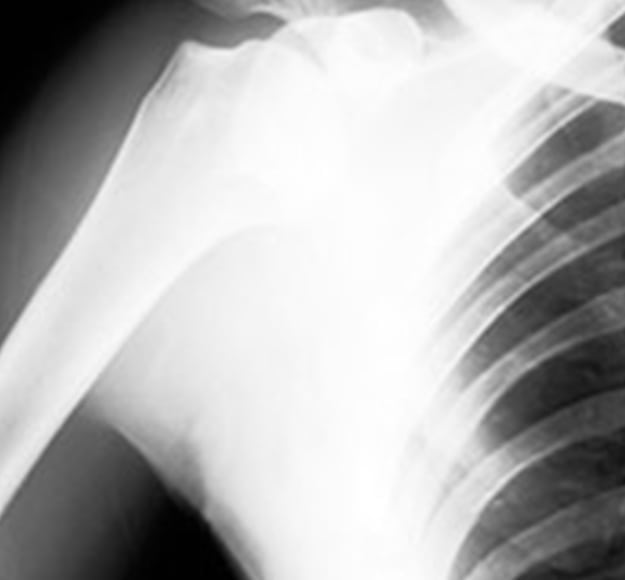
Your shoulders are at risk of many types of injuries and overuse conditions.
Your shoulder consists of joints, tendons, and several muscles, which puts it at risk for different types of pain and injuries. Some common shoulder problems include:
- Dislocation
- Frozen shoulder
- Bursitis
CONTACT US TODAY
- Rotator cuff tears – The rotator cuff surrounds the shoulder joint and keeps the upper arm secure in its socket. Repeated overhead motions, like painting, can cause a rotator cuff tear, which is associated with pain that worsens with movement. Treatments for rotator cuff tears include physical therapy and surgery to smooth or re-attach the tear.
- Bursitis – Between the top of the shoulder and the rotator cuff is a small sac known as the bursa. Its purpose is to lubricate the rotator cuff tendons to allow them to move freely. You would usually feel pain, stiffness, or tenderness in your shoulder if the bursa becomes inflamed—a condition otherwise known as bursitis. To treat this type of injury, physical therapy, steroid injections, or anti-inflammatory medication may be used. In some instances, a minimally-invasive surgery may be suggested to remove the inflamed portions of the bursa.
- Broken collarbone – This condition is also referred to as a clavicle fracture. A direct hit to the shoulder is usually the cause of this type of injury, which can result in pain and difficulty moving the arm. Sometimes, broken collarbones heal with the help of a sling and physical therapy. Surgery to repair the fracture is also a possible treatment.
- Tendon tears – The tendons are responsible for attaching muscle to bone. Overuse or injury can cause the tendons in the biceps, located near the shoulder, to tear. Although tendon tears can vary in severity, pain and weakness in the shoulder and arm can occur with any type of tendon tear. Rest and physical therapy can be used to heal minor tears, while complete tendon tears can be repaired with surgery.
- Shoulder instability – Sudden injury or strain can lead to shoulder instability, which is characterized by repeated shoulder dislocations. The result is pain and a consistent sensation of the shoulder feeling loose. Treatments for shoulder instability include non-steroidal anti-inflammatory medication, physical therapy, activity modification, and surgery to repair the ligaments.
- Shoulder fracture – Typically caused by a direct blow to the shoulder, a fracture is a break in the bone. Symptoms include pain, swelling, bruising, and difficulty moving. It can also cause a grinding sensation when the shoulder is moved. Symptoms of shoulder fractures can be felt in the shoulder and around the collarbone. Treatments include medications, icing, slings, and surgery to hold the bones in place.


